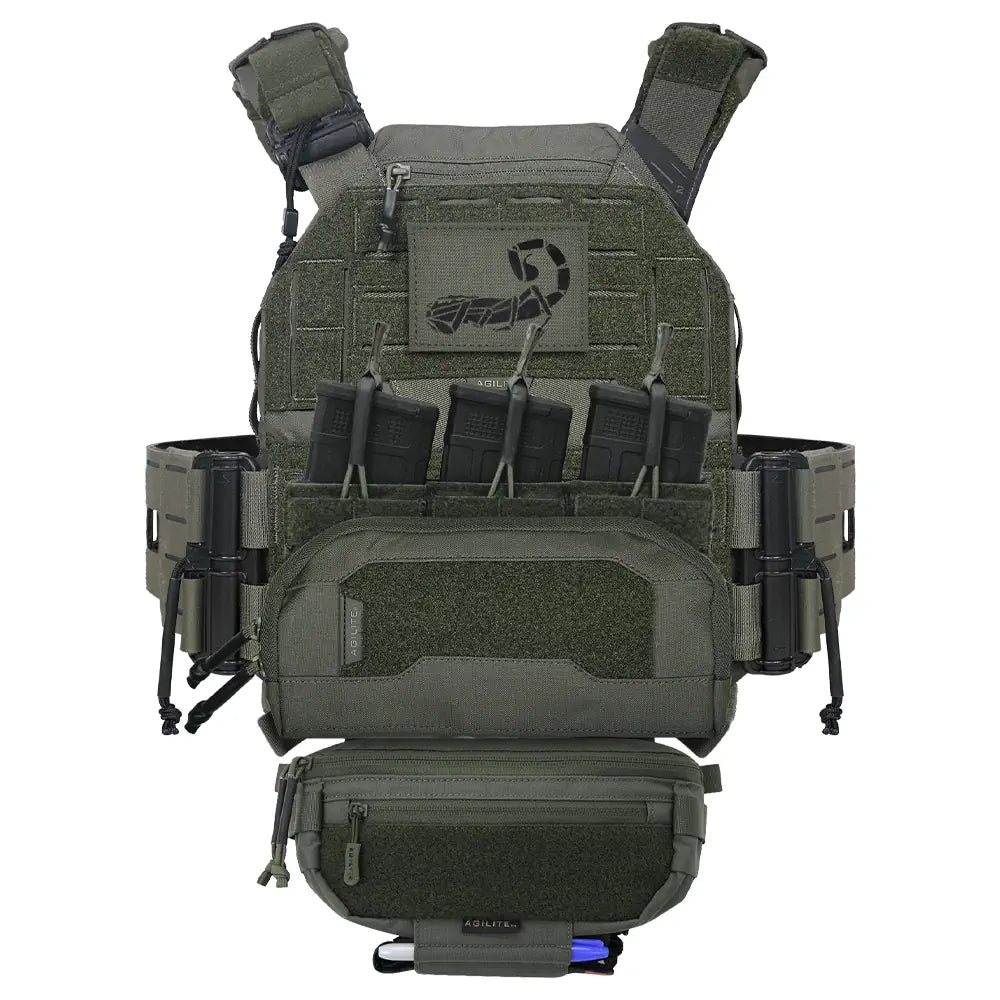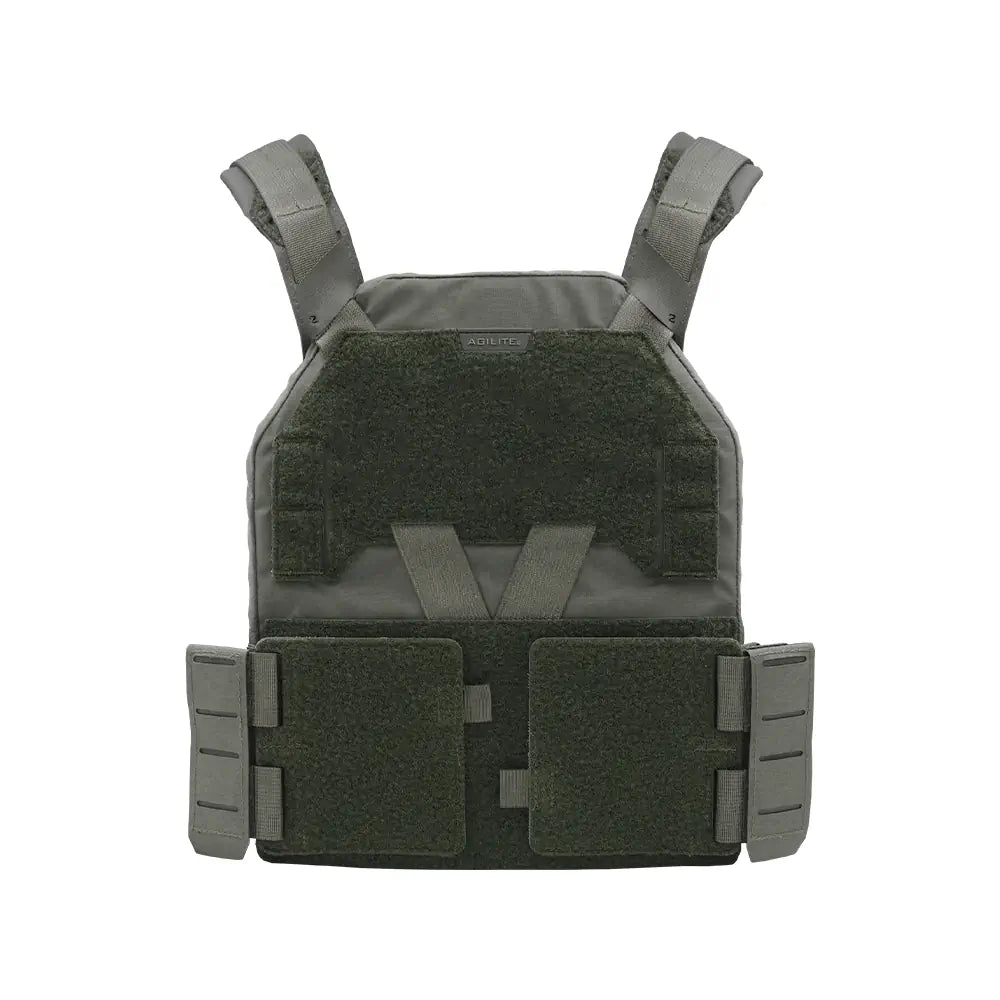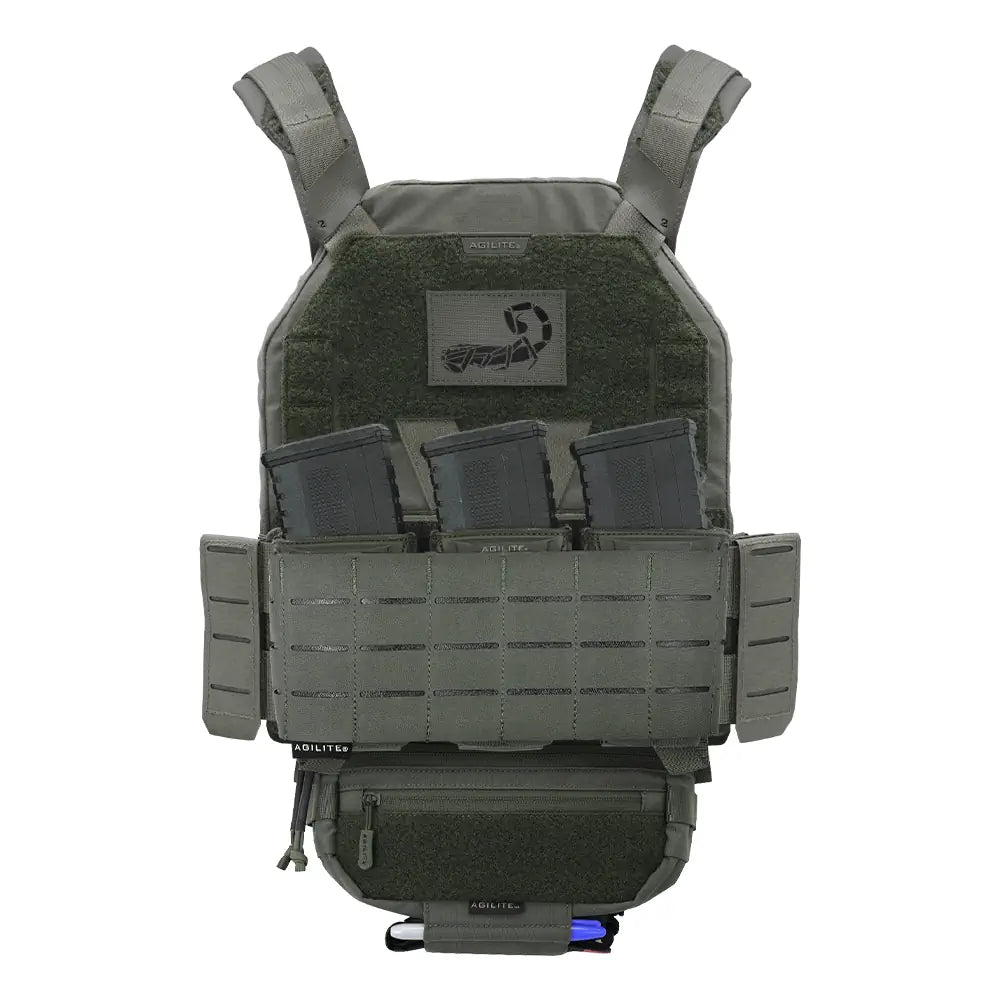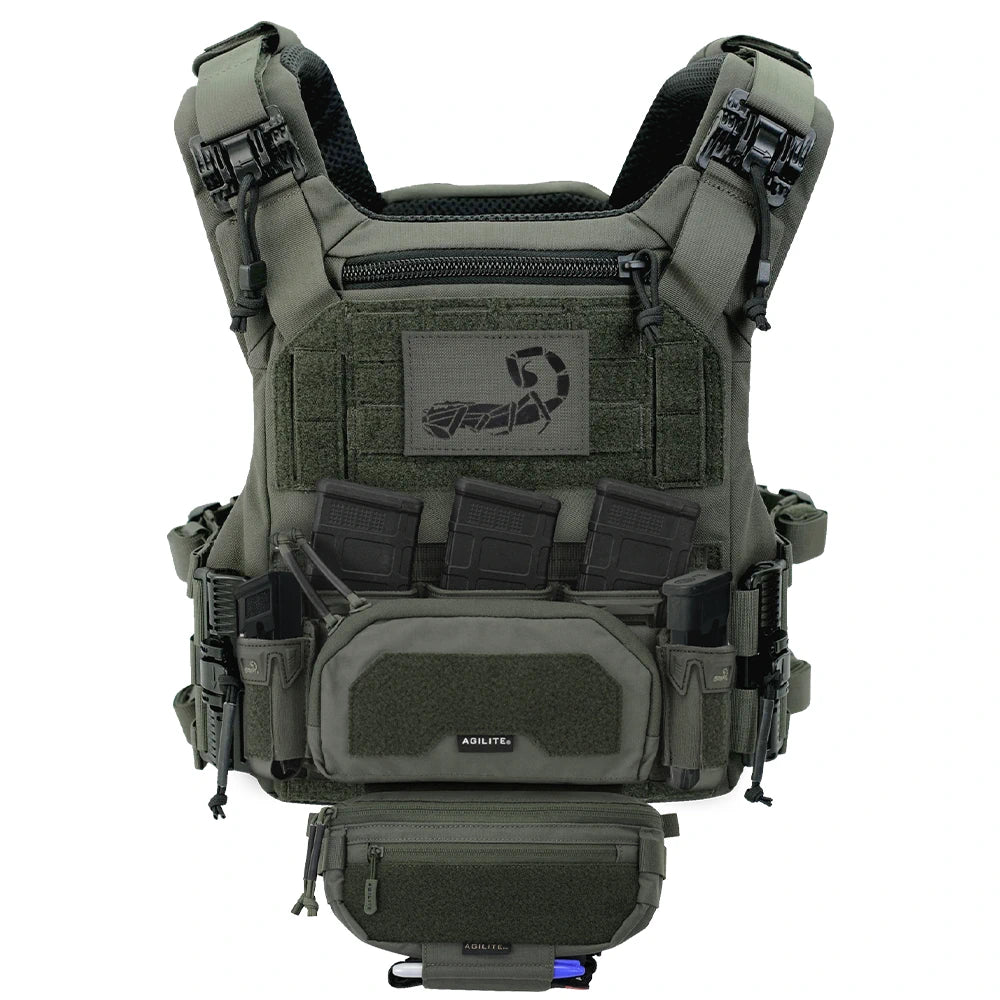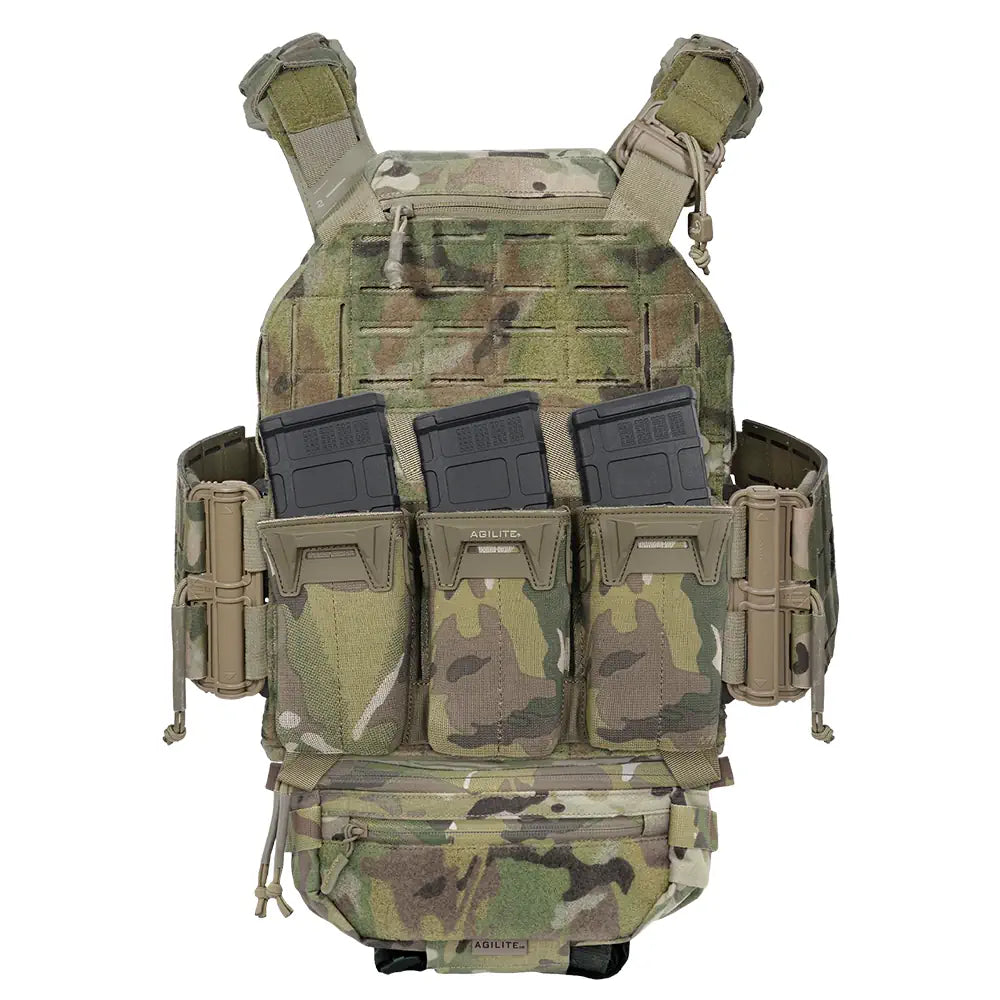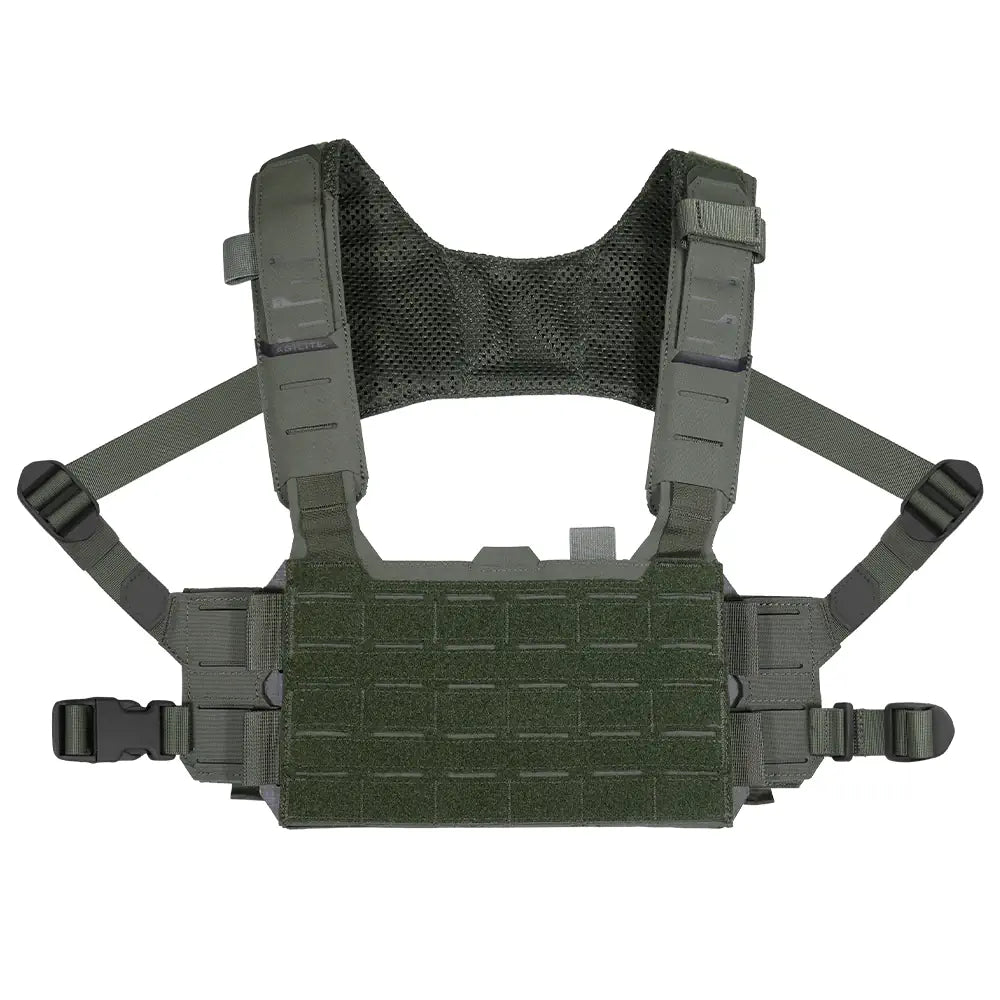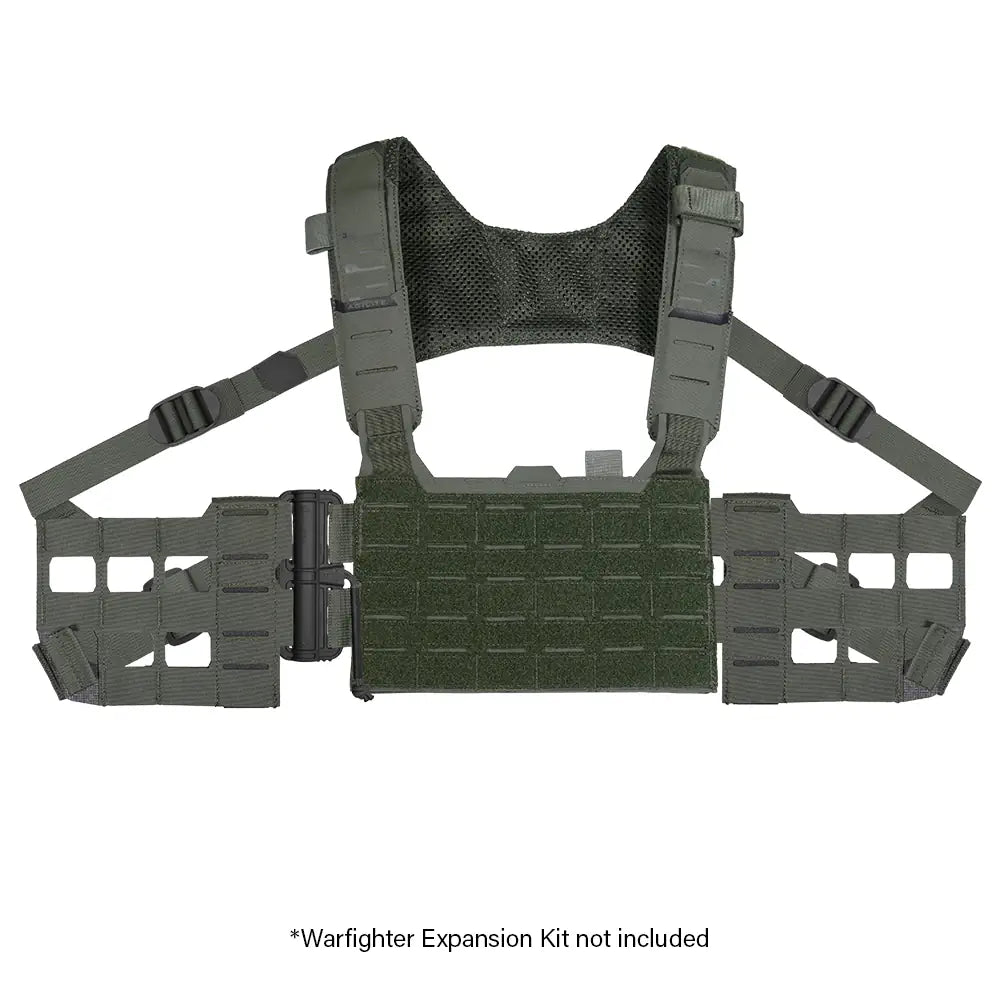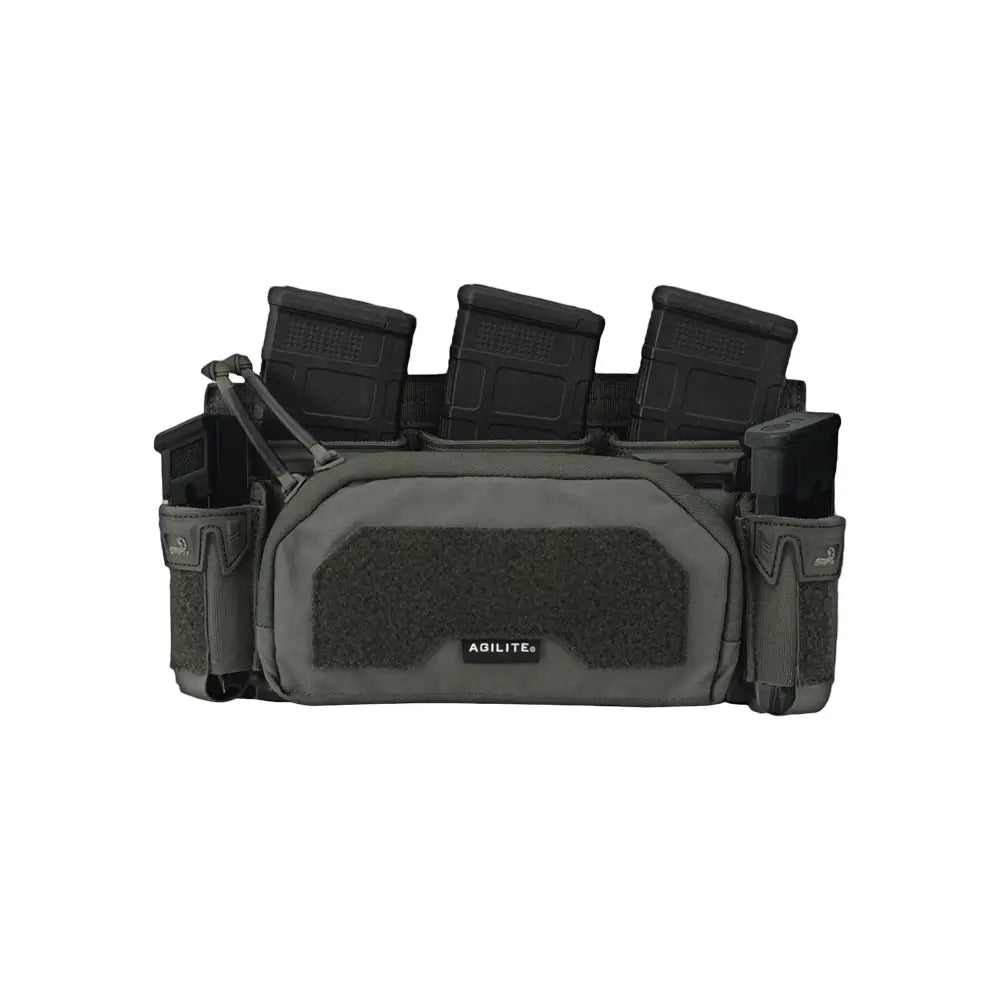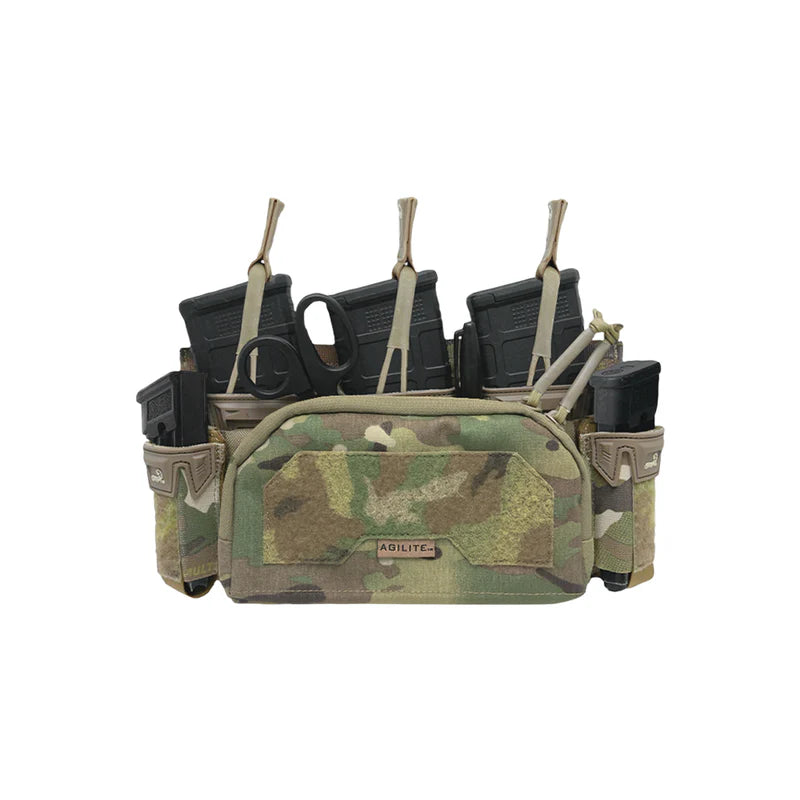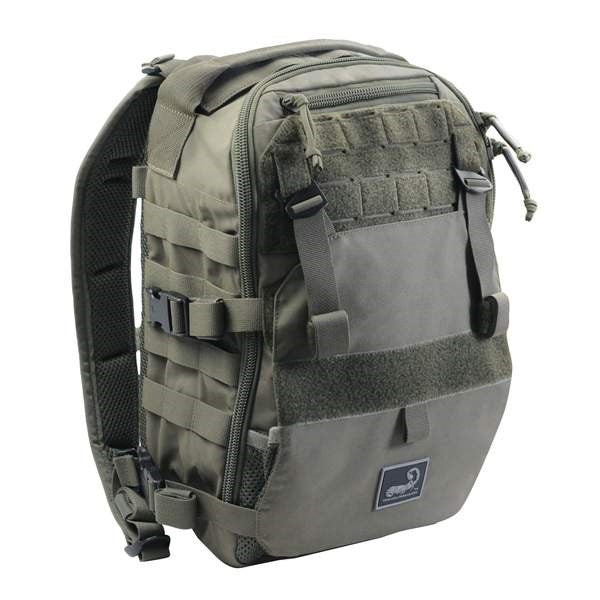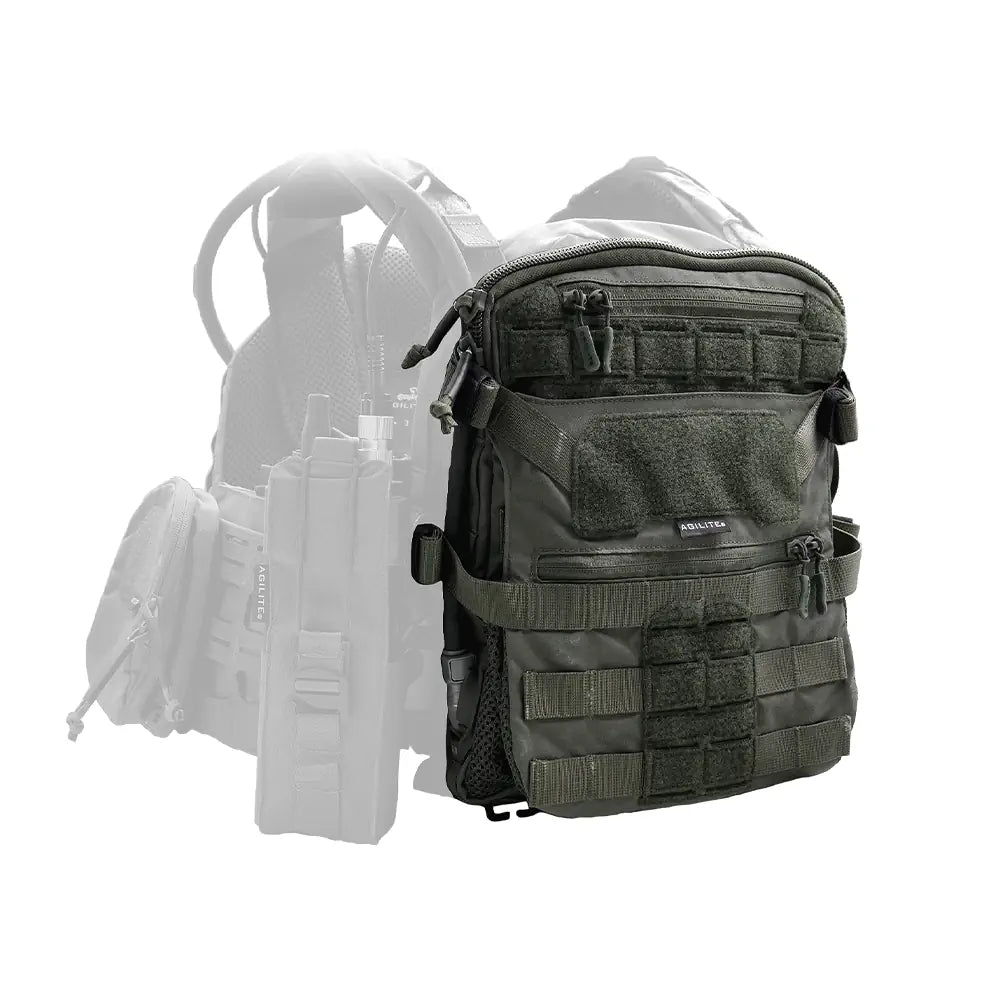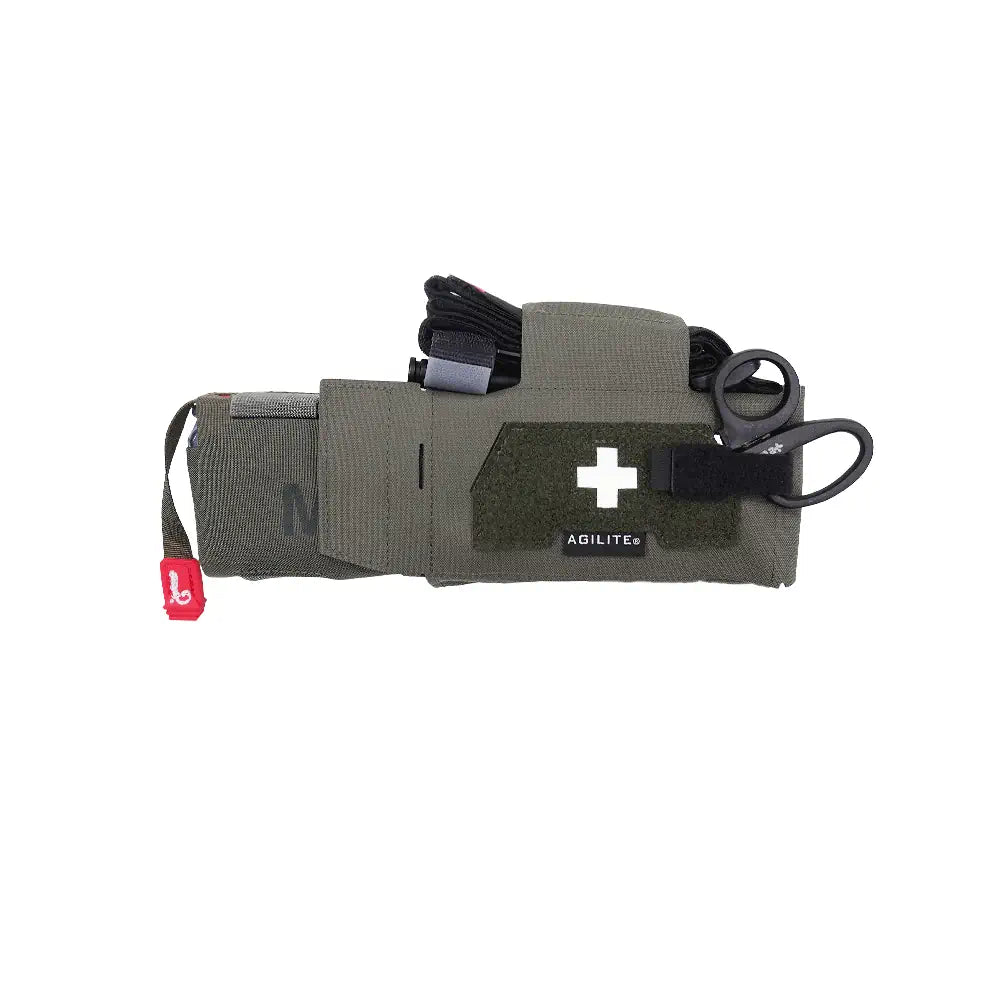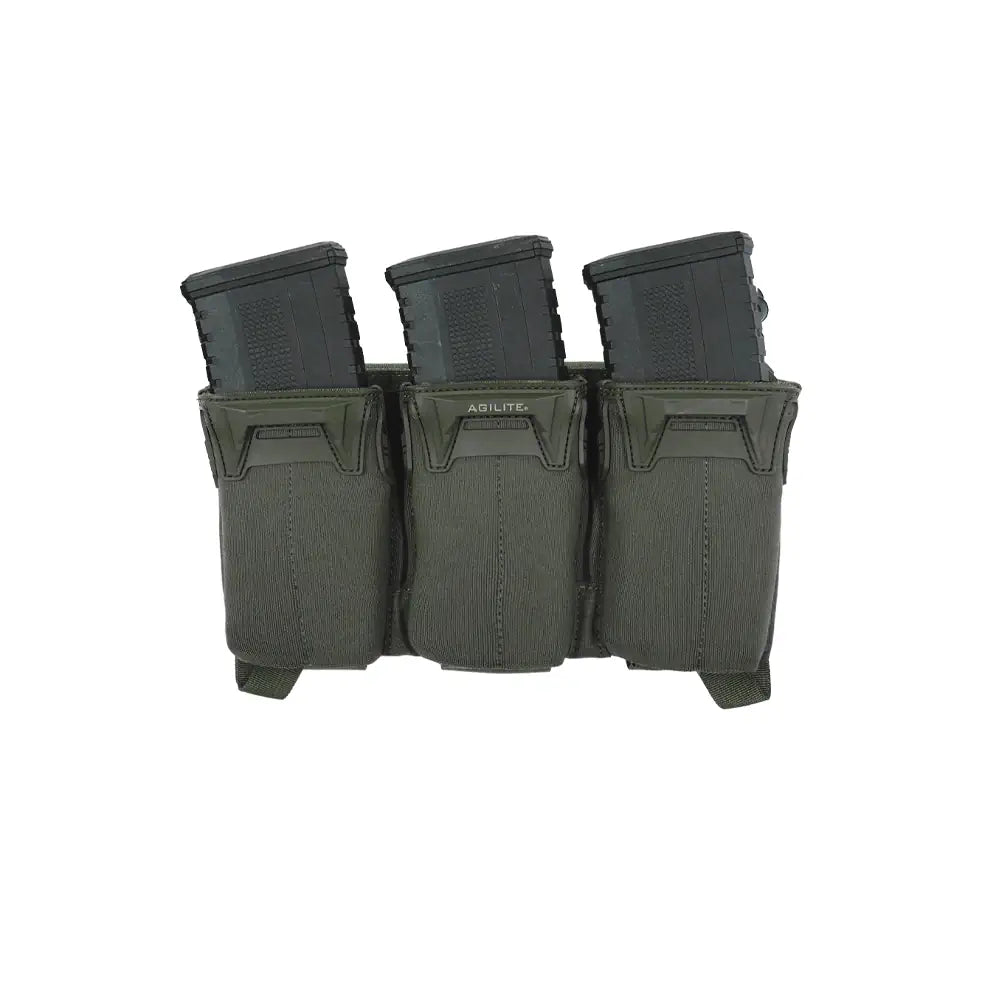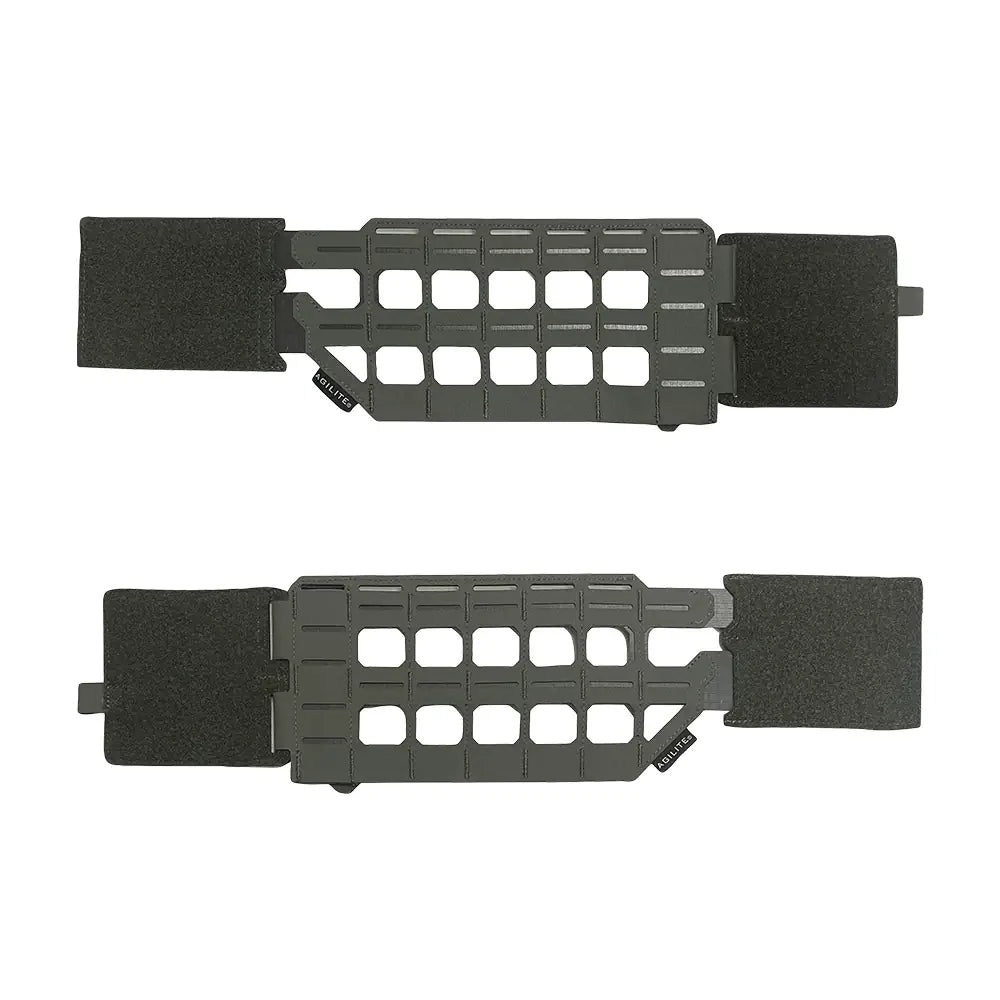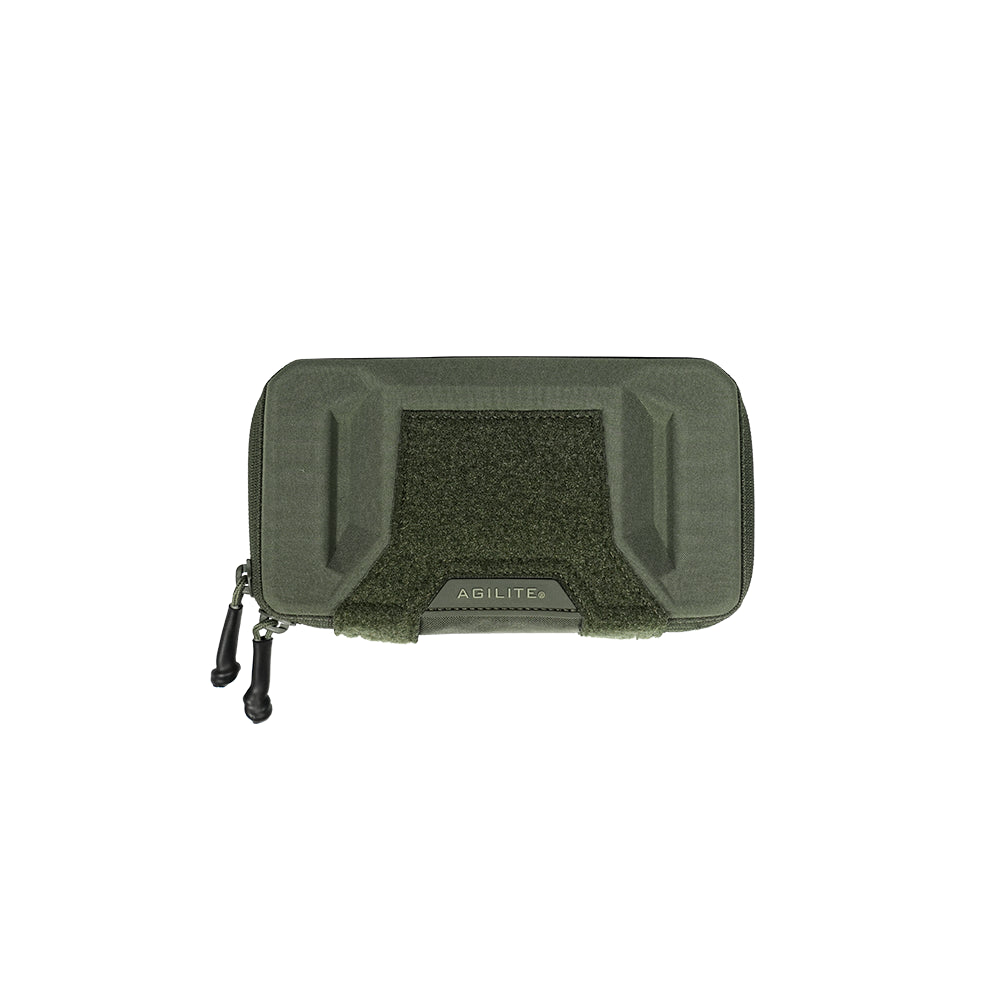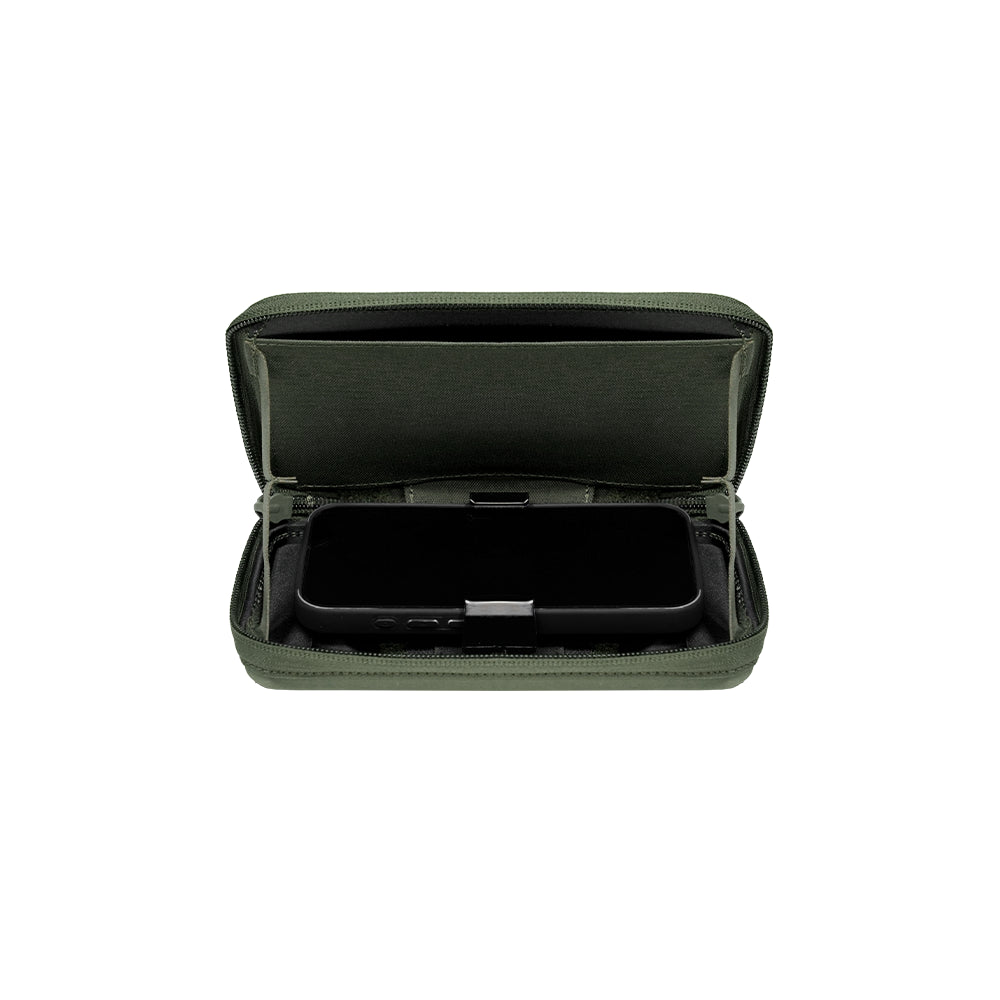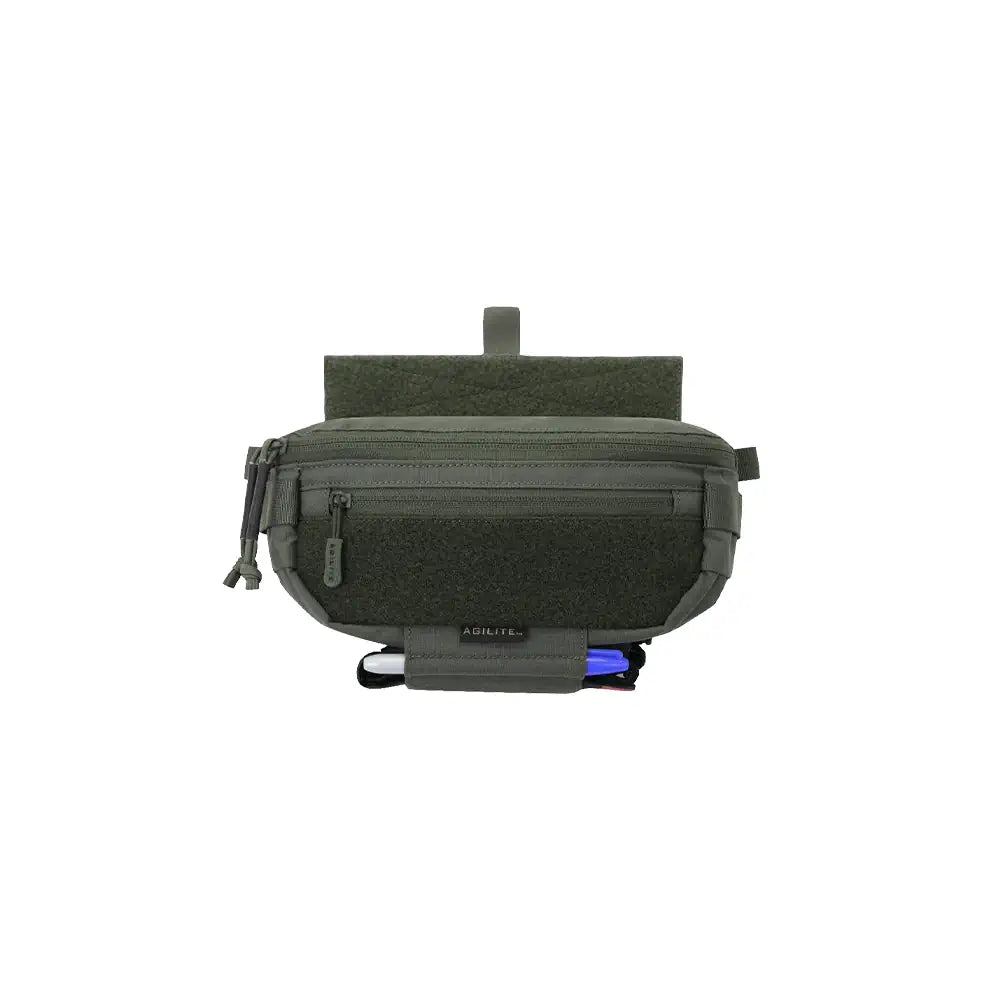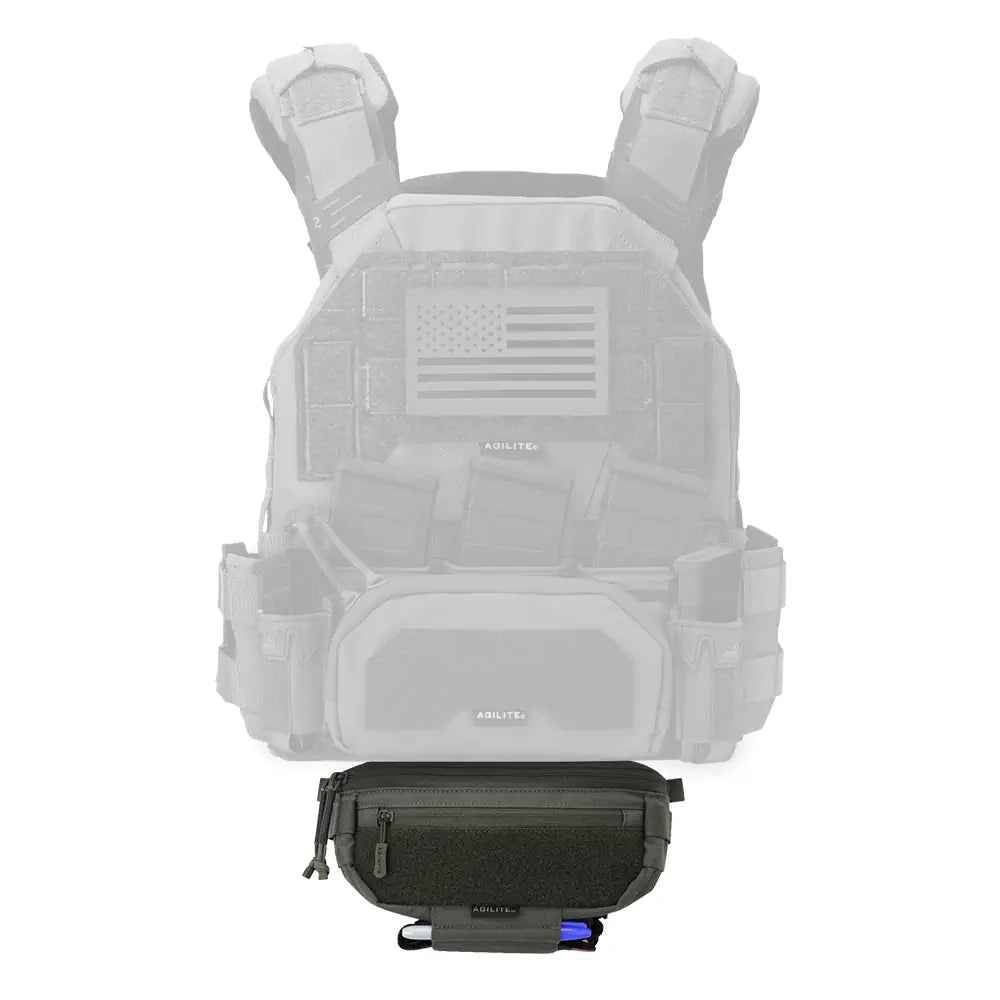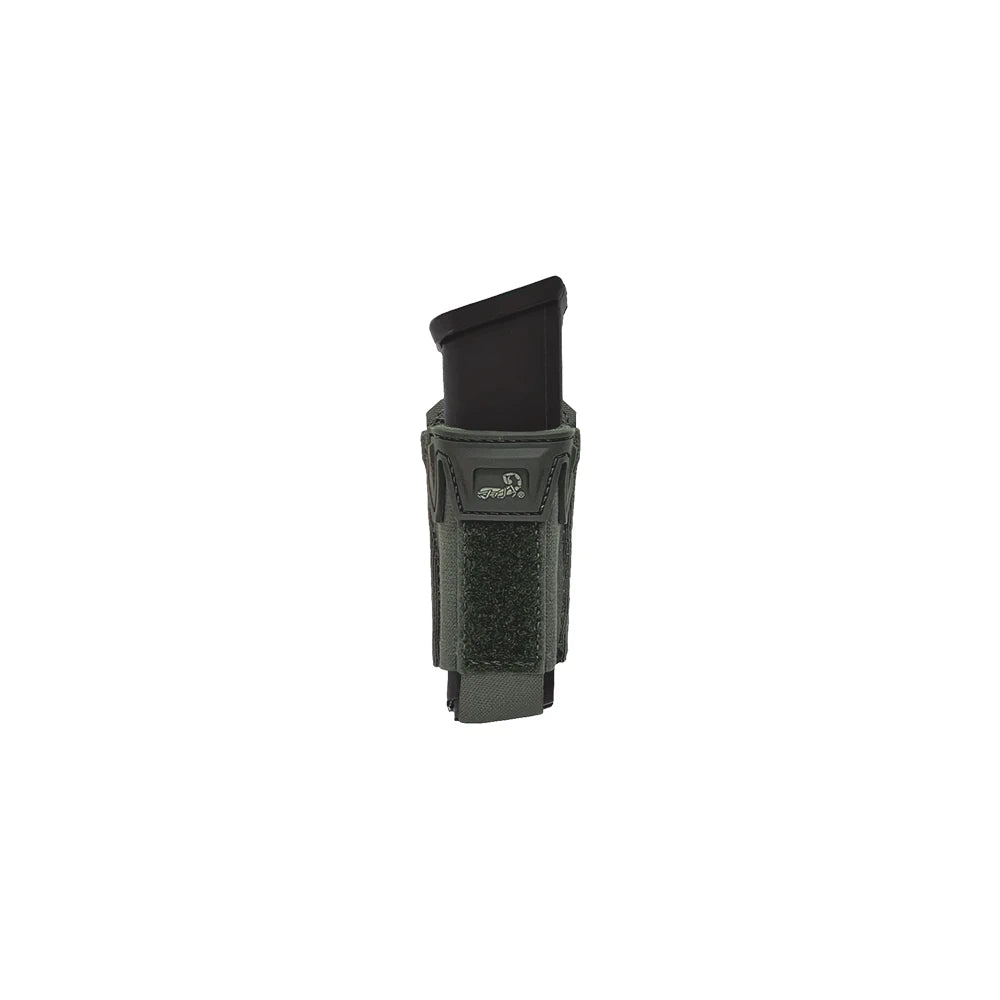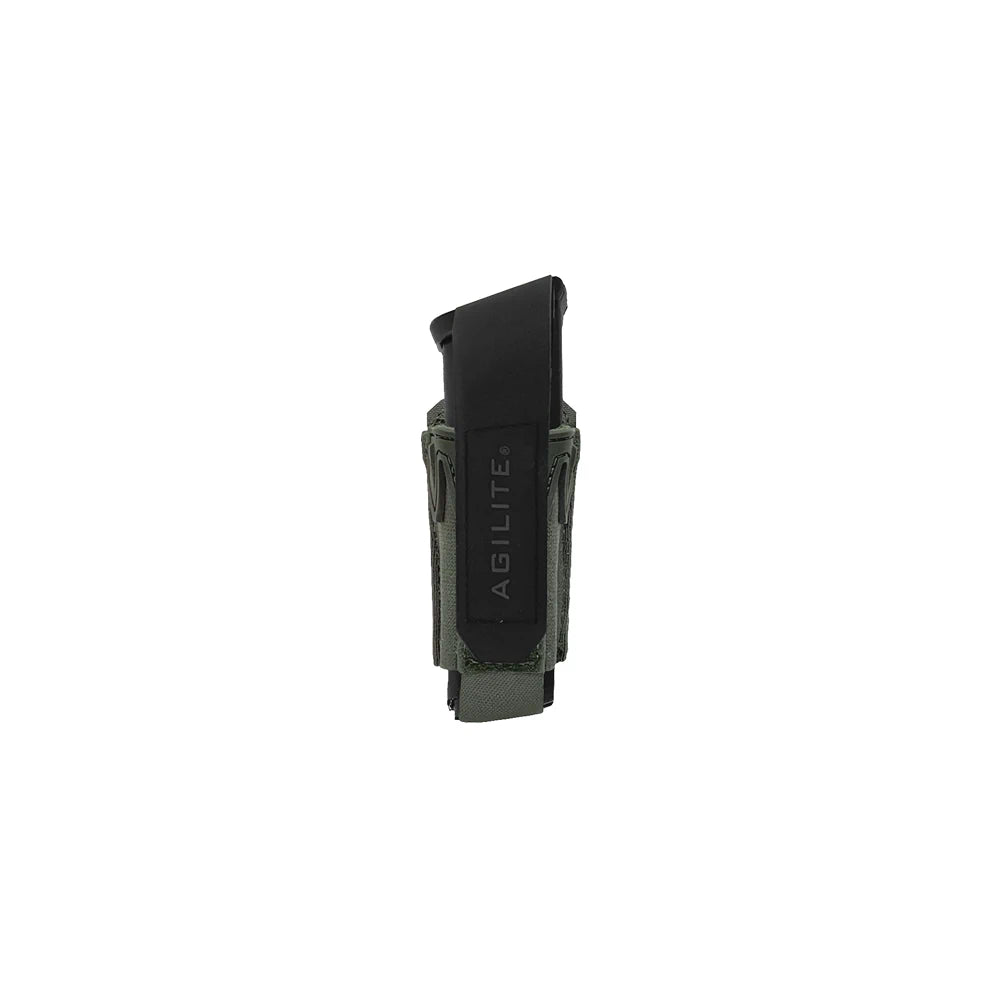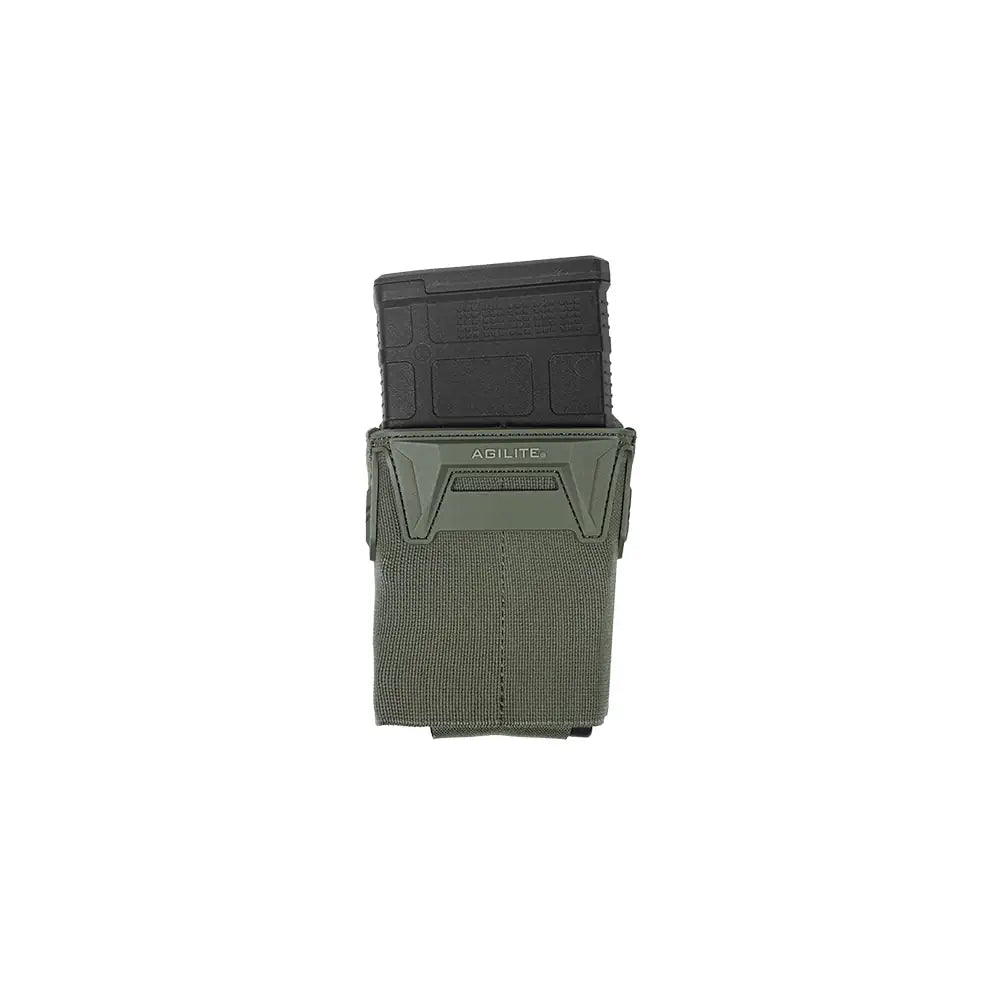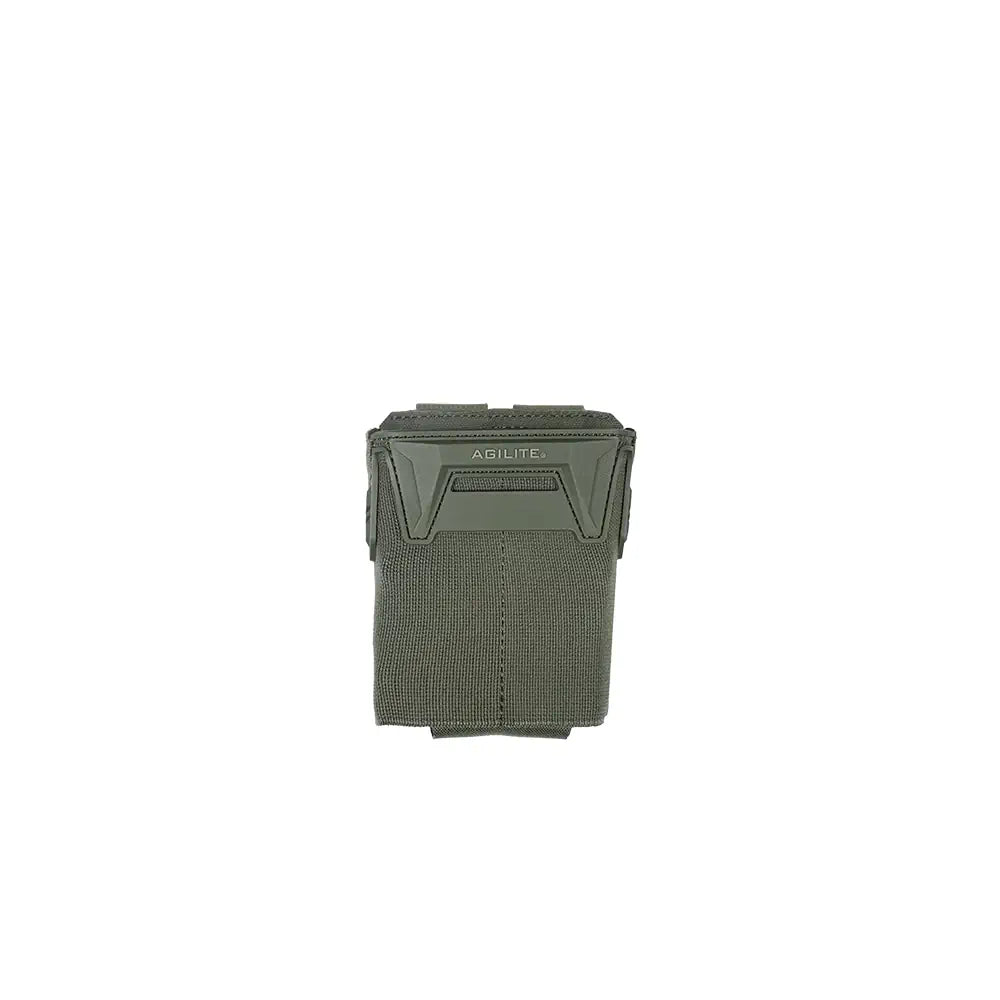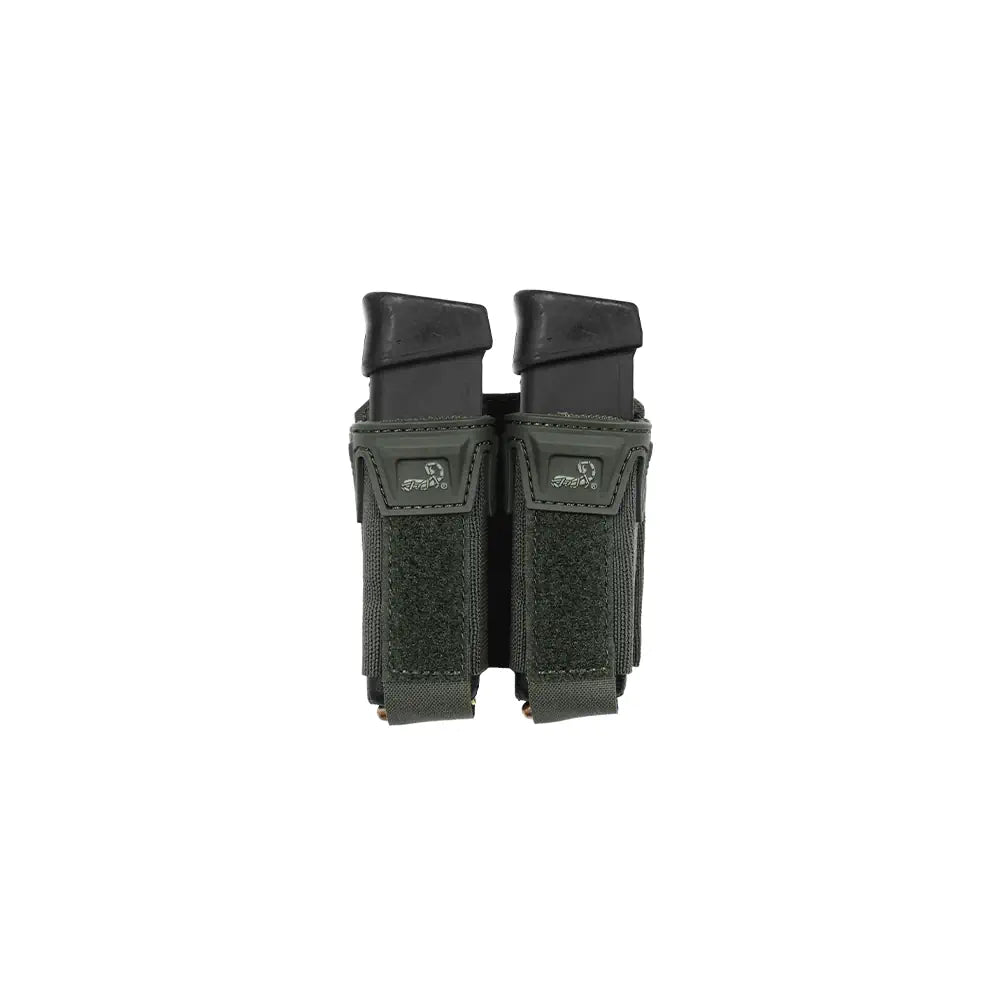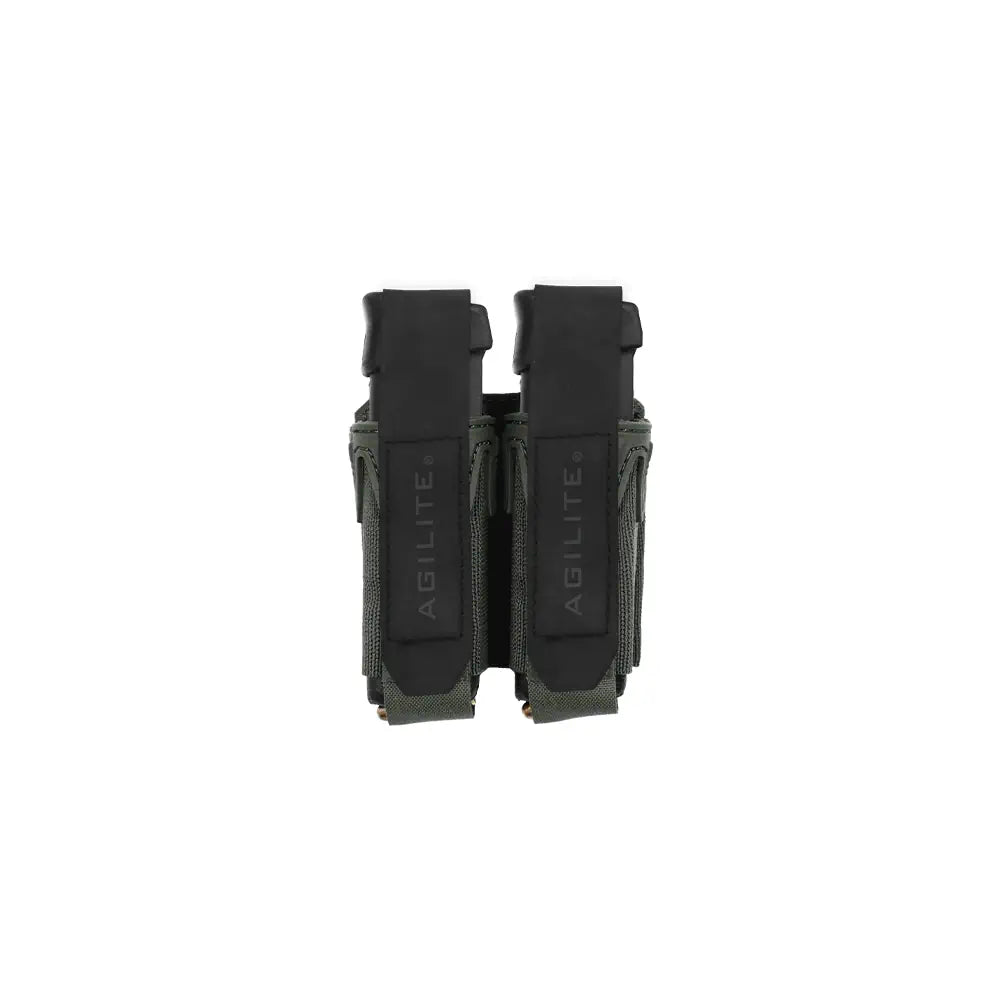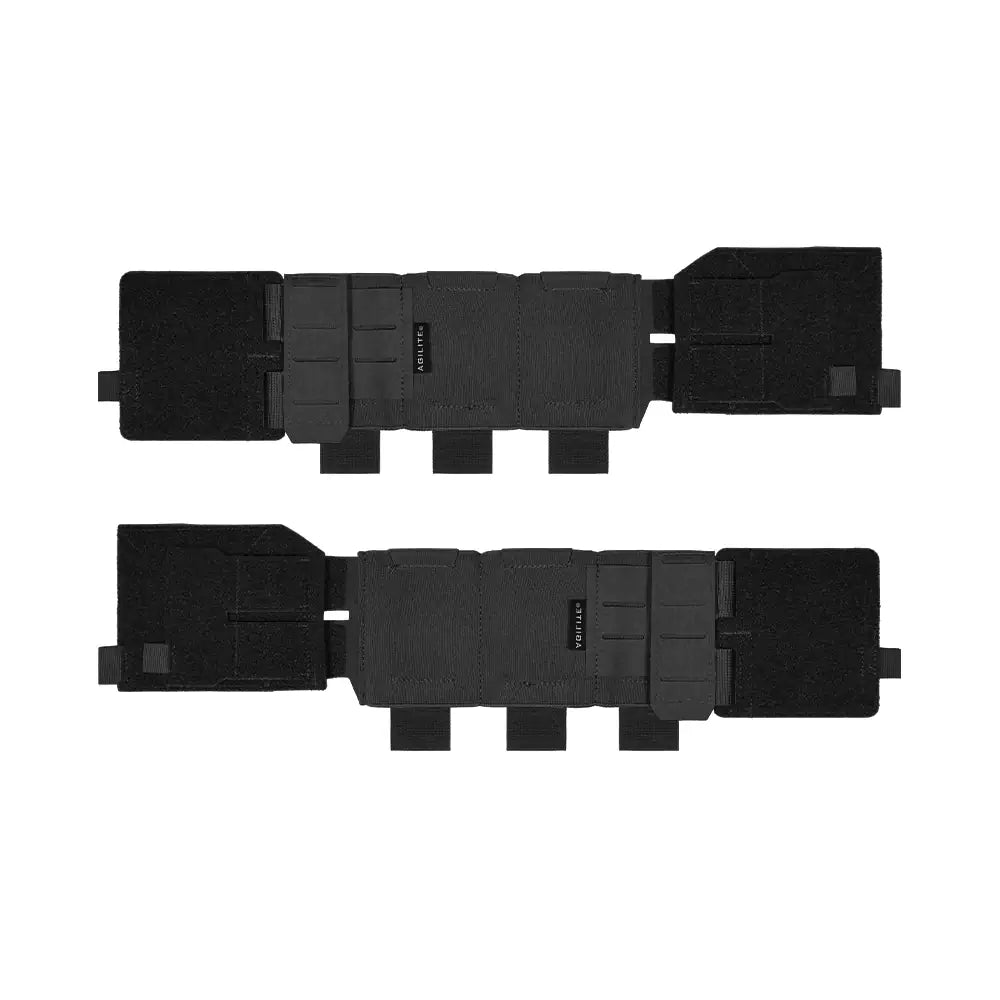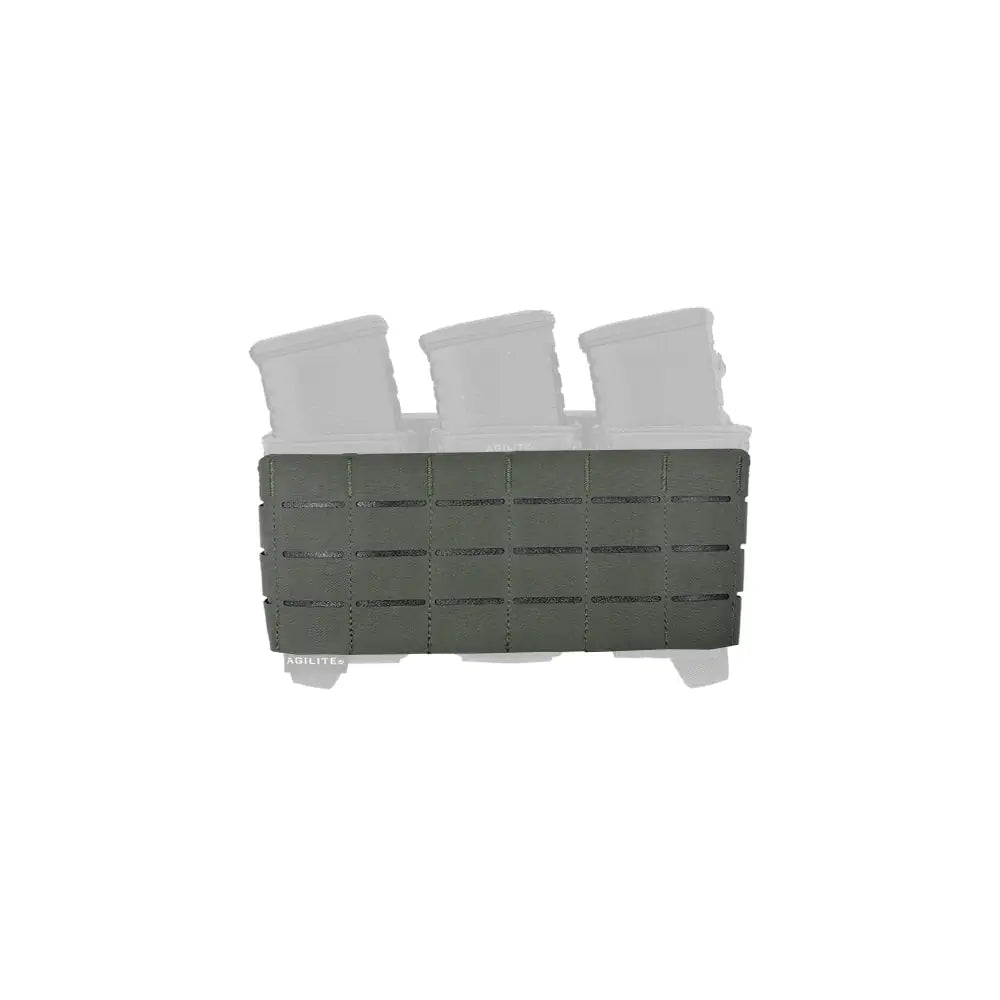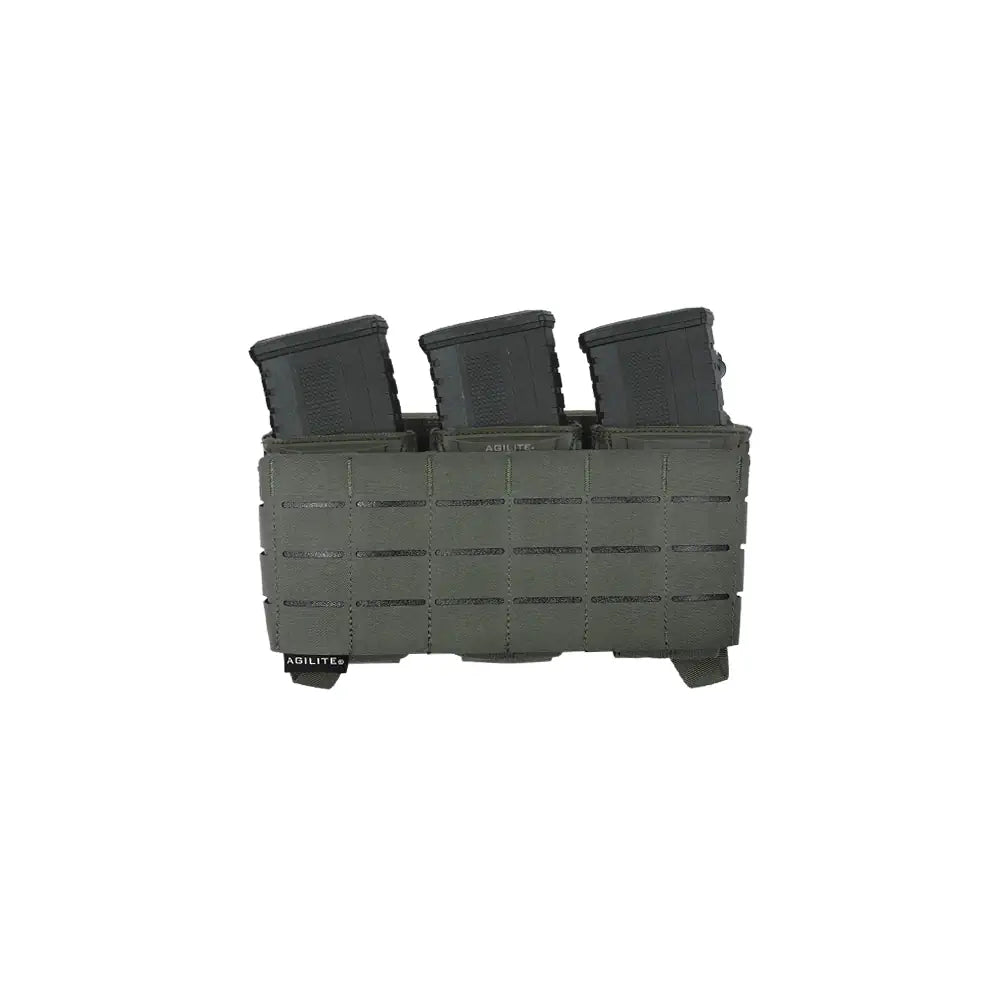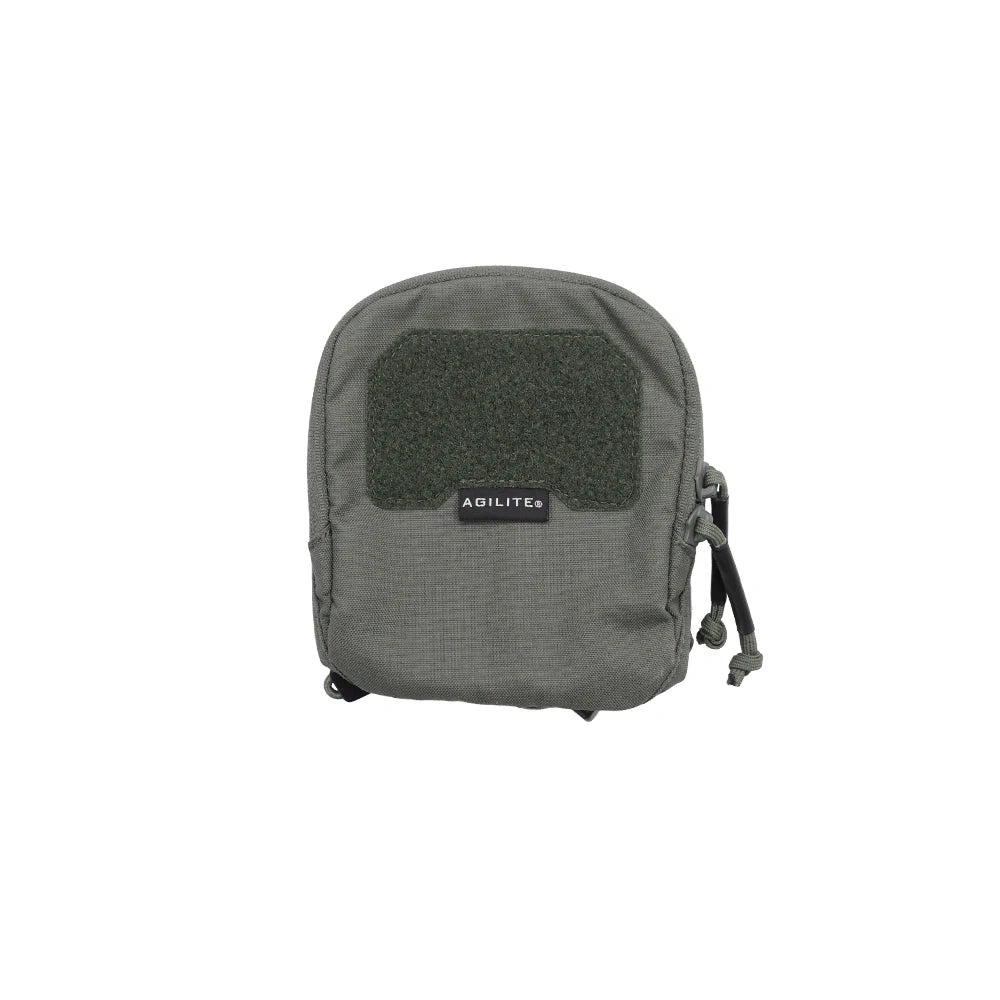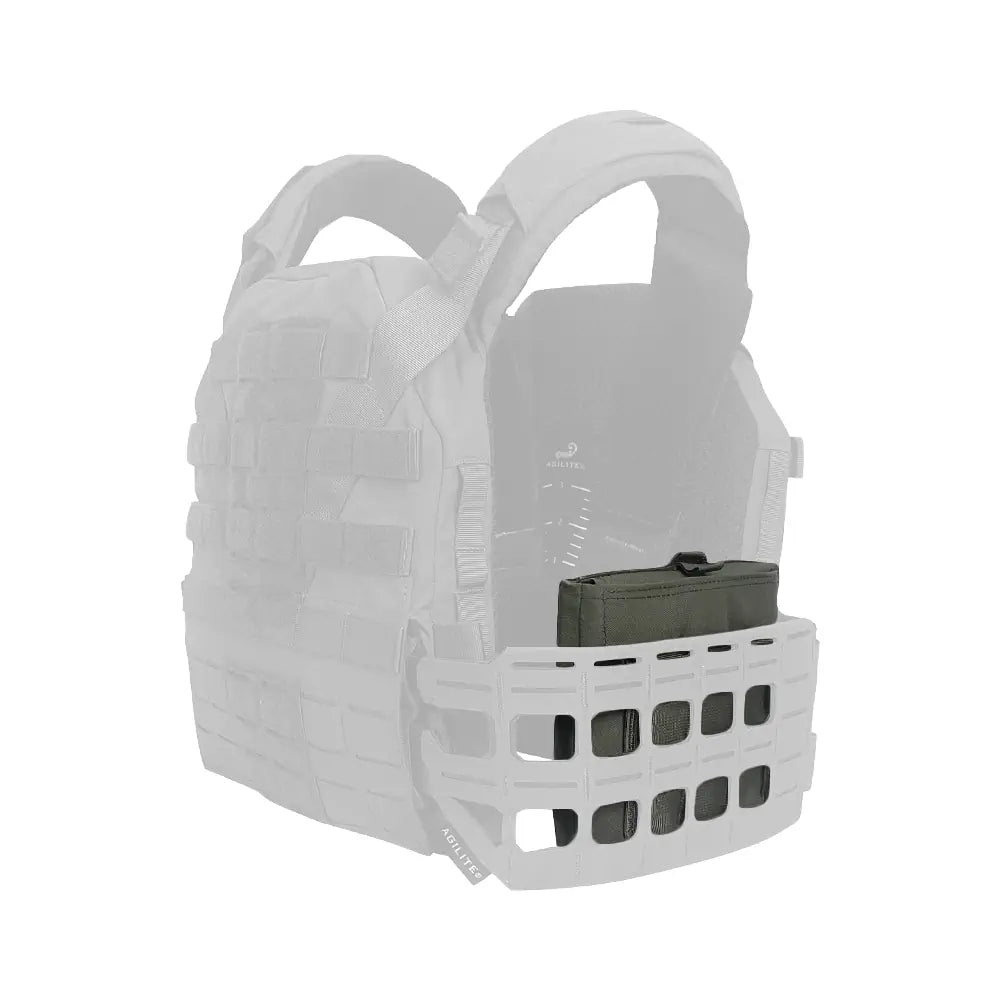Plate Carrier Accessories
Agilite's Plate Carriers
What is a Plate Carrier?
Plate carrier is a crucial component of modern tactical gear, providing essential protection and functionality for military personnel, law enforcement officers, and other individuals operating in high-risk environments. A plate carrier is a type of body armor system designed to hold ballistic plates, which are inserted into pockets on the front and back of the carrier. These plates, typically made of ceramic, steel, or composite materials, offer protection against bullets and other ballistic threats.Plate carrier vs Bulletproof vest
There are a lot of similarities between armor carriers and bulletproof vests. Plate carrier have distinct advantages over non-adjustable bulletproof vests, including being adjustable and accommodating different body types. Most designs include features like shoulder pads or a quick release buckle system to make it easier to remove in an emergency situation. Our tactical armor carriers also use a combination of pocket velcro and MOLLE webbing to attach and carry mission-essential equipment. Some tactical plate carriers also have an emergency drag handle to help evacuate friendly forces while they provide cover. Even if your plate is heavier, these features can help you wear it for longer periods of time.
For those who require protection against rifle threats, plate carriers are usually the best choice because they offer the right level of protection for any situation. Tactical plate carriers are especially versatile, making them ideal for different situations.
What is a plate carrier used for?
First of all, what is a ballistic plate carrier? Combined with ballistic armor plates, it is a body armor piece that protects your chest from rifle rounds.
The main reason to use a body armor is, obviously, protection. Depending on the level of armor plates you are carrying, it can stop most common rifle rounds. Most plate carriers can carry two plates: one on the front side and one on the back side, although some have an option to attach side armor plates.
Also, plate carriers are used to carry tactical equipment you need for your mission. Magazines, first aid kit, tourniquet, multi tool, flashlight, even backpack: all these things can be attached to your vest within easy reach on the battlefield.
Plate Carriers FAQ
Can you bring a plate carrier on a plane?
According to the US TSA, plate carriers as well as most tactical gear are allowed in carry-on or checked baggage, although the final decision is made by TSA officers. Keep that in mind and arrive at an airport early, in case you will need time to store your armor carrier somewhere else. Also it might be worth it to check the policies of an airline you are flying.
If you are flying internationally please check the laws of the country you are traveling to. Body armor is legal in all 50 states in the US, but in some countries civilians are not allowed to use tactical gear.
Is it illegal to wear a plate carrier in public?
Body armor, plate carriers included, is legal in all 50 states at the moment, and you can wear it in public. However, some states restrict body armor usage in some specific situations, for example, in some states you can’t wear it in schools. Check your state laws to be sure you can!
Is a plate carrier bulletproof?
Of course, there is no armor carrier that will stop any bullet on any occasion, protective capabilities depend on the armor plates you are carrying. There are several levels of armor, you can check the comparison chart for Agilite armor here. In general, you have to choose between mobility and protection and pick plates that suit your mission best.
What is body armor made of?
Most quality plate carriers are made of nylon or polyester: synthetic durable materials. Agilite’s K19, for example, is made of 1000D CORDURA® Mil Spec Tactical Nylon. Armor plates can be ceramic, steel, polyethylene, or a mix of these, sometimes with soft armor covering.
Can you buy your own body armor in the army?
You need to check your unit policies. Some allow you to buy and use your own gear as long as it meets standards, like color/camo. In some cases you can use your own gear in drills and training, but use gear you are issued when deployed
Check out useful information for choosing your next plate carrier vest:



